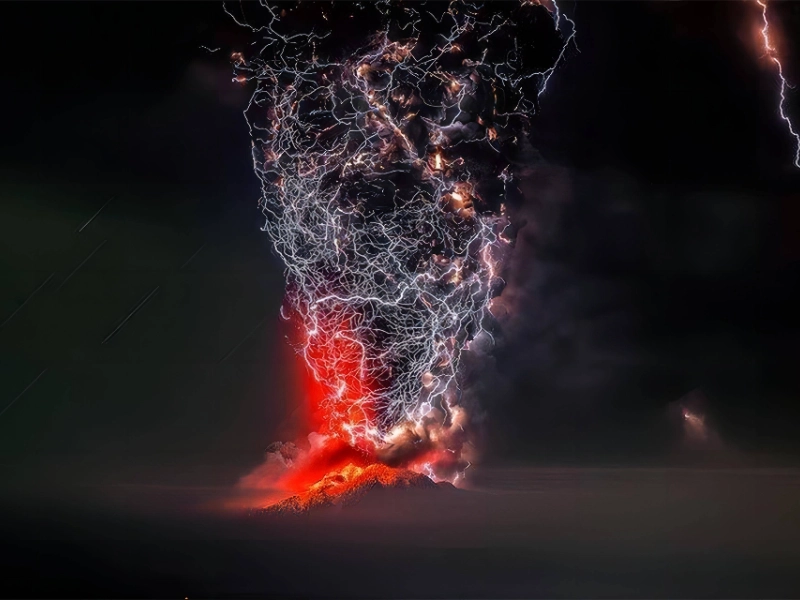Volcanic Lightning: Nature's Electrifying Spectacle
Advertisement
5. The Role of Volcanic Lightning in Scientific Research

Advertisement
Not only is volcanic lightning a visually spectacular occurrence, but it also is rather important for scientific study. Observations of volcanic lightning help volcanologists and atmospheric scientists to understand eruption dynamics, plume behaviour, and possible hazards connected with volcanic activity. Within volcanology, the study of volcanic lightning has grown to be a significant subfield helping us to better grasp both volcanic processes and atmospheric electricity.
Studying volcanic lightning has one main advantage: it can offer real-time information about an eruption even in cases of direct observation being either impossible or too dangerous. The frequency and strength of lightning can suggest the force of an eruption as well as the quantity of ash being thrown into the atmosphere. Evaluating possible hazards to aircraft and adjacent populations depends on this knowledge. Monitoring volcanic lightning allows researchers to trace the movement and development of ash plumes, therefore enabling the timely warnings to local authorities and air traffic controllers.
Researchers examine volcanic lightning with several instruments. Multiple sensors in lightning mapping arrays—which detect radio waves from lightning—can locate and time every electrical discharge within a volcanic plume. This information clarifies for researchers how charge separation develops over time and within the ash cloud. Scientists can deduce details about the interior structure of the eruption column and the processes taking place inside it by examining the trends of lightning strikes.
Low-frequency sound wave measuring infrasound detectors can also pick out volcanic lightning. Monitoring remote volcanoes or eruptions occurring at night or in poor visibility circumstances is especially helped by these instruments. Combining infrasound data with lightning observations helps scientists to better grasp the dynamics of eruptions by offering a more whole picture and so clarifying the link between the acoustic and electrical characteristics of volcanic plumes.
Globally, study of volcanic lightning depends critically on satellite observations. By detecting lightning flashes from space, instruments such as the Lightning Imaging Sensor (LIS) let researchers track volcanic activity in far-off locations and compare lightning output across many eruptions throughout the globe. Tracking the dispersion of volcanic ash clouds and evaluating their possible influence on world climate and air traffic depends especially on satellite data.
Furthermore helping us to grasp atmospheric electricity generally is the study of volcanic lightning. Through analysis of the particular circumstances under which electrical discharges in volcanic plumes arise, researchers may be able to provide insights relevant to other kinds of lightning generation. This study advances our understanding of the global electrical circuit of the Earth as well as helps to improve lightning prediction and protection technologies.
You May Like
Advertisement

